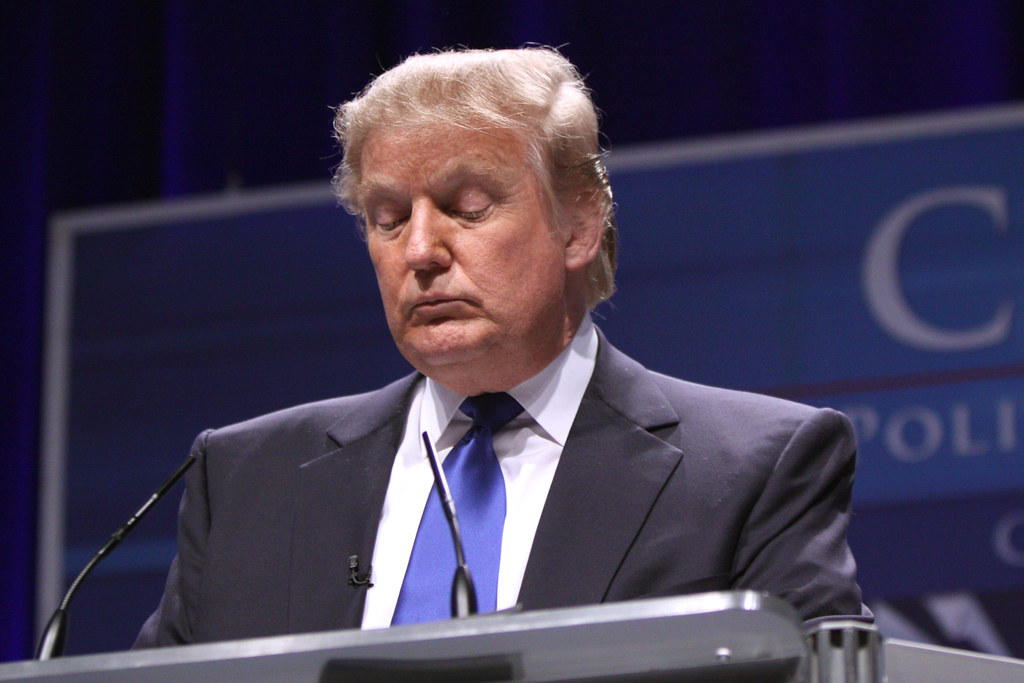Key Takeaways
• Vice President JD Vance demanded to see a letter from Donald Trump to Jeffrey Epstein months ago.
• House Democrats released a sketch and letter suggesting Trump wrote bawdy birthday wishes to Epstein.
• JD Vance had called the report “complete and utter bulls—” when The Wall Street Journal first published it.
• The newly released letter and drawing contradict Vance’s claim that it didn’t exist.
• A wave of online critics and public figures roasted JD Vance on X for being wrong.
In July, Vice President JD Vance publicly doubted a report that claimed Donald Trump wrote a note to Jeffrey Epstein. Vance slammed the story on X as “complete and utter bulls—.” At the time, he demanded to see the letter before anyone believed it. However, on Monday, lawyers for Epstein’s estate released a sketch and the actual letter. Now JD Vance faces intense criticism for his earlier statements. Many online voices are highlighting that the evidence he said didn’t exist just appeared.
How JD Vance Called Out the Journal
When The Wall Street Journal published its report, JD Vance felt it crossed ethical lines. He argued that the paper never showed the alleged letter to Trump or his team. He wrote that publishing it without verifying with the subject was unfair. Moreover, he urged readers to doubt the story before accepting what he called a hit piece. Vance insisted that Trump would never write such words. He demanded transparency and proof.
How the Sketch and Letter Came to Light
Then, the narrative shifted. House Democrats released the sketch and letter from a 50th birthday book given to Epstein. The artwork featured a bawdy cartoon along with a message signed “Trump.” Lawyers handling Epstein’s estate confirmed they turned over these items in response to a congressional subpoena. As a result, the very proof JD Vance claimed didn’t exist emerged. Now, critics say Vance was not just wrong but publicly misled his audience.
Online Reactions Roast JD Vance
Almost immediately, users on X (formerly Twitter) piled on. Atlantic writer Tom Nichols posted “ruh roh,” mocking the vice president’s mistake. Meanwhile, commentator Ira Goldman urged Vance to explain why the sketch came from the evidence his own committee subpoenaed. A political host, Jessiah from Pondering Politics, joked that JD Vance’s “quest to be wrong” seems endless. Congressman Robert Garcia called for an apology, saying, “Your boss lied about the birthday note.” Jon Favreau, a former Obama speechwriter, marveled at how smug Vance appeared about his incorrect claim.
Democratic strategist Ken Martin accused JD Vance of covering up Trump’s friendship with a known predator. Senate Majority PAC quipped, “Funny how this letter turned up after all, JD Vance. Your dignity never did.” Even legal experts joined in. IP lawyer Michael Kasdan simply asked, “Now that the letter you said didn’t exist has been published, what do you have to say?”
Impact of the Backlash
This online roast matters for a few reasons. First, it questions JD Vance’s judgment and credibility. Second, it highlights the challenge of verifying sensitive material. Finally, it shows how quickly a public figure can lose face in the digital age. Social media users expect accountability, especially when a high-profile leader accuses the press of unethical reporting.
What Comes Next for JD Vance?
For JD Vance, the road ahead could be rocky. He must decide whether to apologize or stand by his earlier remarks. A sincere apology might help him regain some trust. On the other hand, doubling down could further damage his reputation. Whatever he chooses, his response will reveal whether he values honesty over party loyalty.
Broader Lessons on Media and Verification
This episode also teaches a lesson about news consumption. First, readers should look for primary evidence before drawing conclusions. Second, journalists should strive to confirm facts with all parties involved. Finally, public figures should avoid making absolute statements before seeing the proof. In an age of instant headlines, a little patience can prevent major mistakes.
Concluding Thoughts
JD Vance’s experience shows how the truth can emerge despite strong denials. He demanded proof, but then criticized the media when it published the story. Ironically, the proof he sought appeared, leaving him with no room to maneuver. This incident reminds us that facts matter most, even when they challenge our biases. As the fallout continues, all eyes remain on JD Vance and how he handles his public misstep.
Frequently Asked Questions
Why did JD Vance doubt the existence of Trump’s letter?
JD Vance felt the report lacked confirmation from Trump’s team. He accused the media of unethical reporting and asked for proof.
Who released the sketch and letter?
Lawyers for Jeffrey Epstein’s estate released the items to comply with a congressional subpoena.
What did the letter and sketch show?
The letter contained a birthday message signed “Trump,” and the sketch included a bawdy drawing.
How did people react to JD Vance’s statements?
Social media users and public figures criticized him heavily, mocking his claim that the letter didn’t exist.

